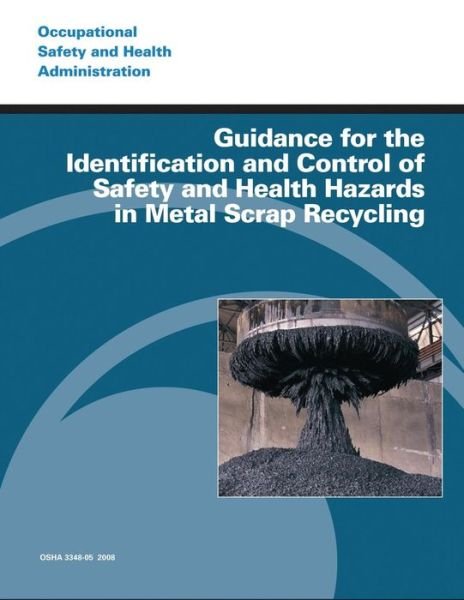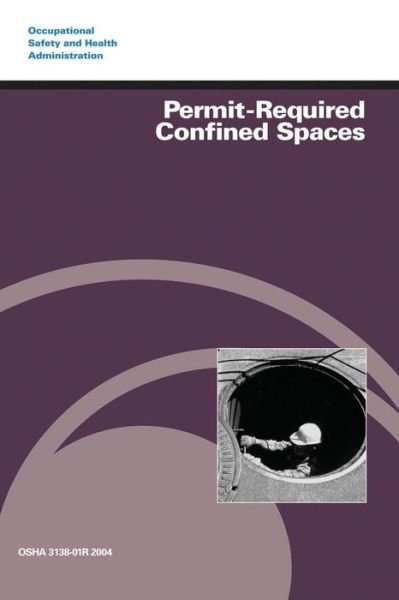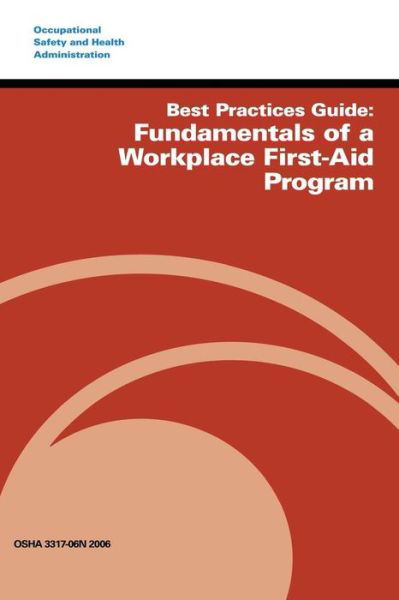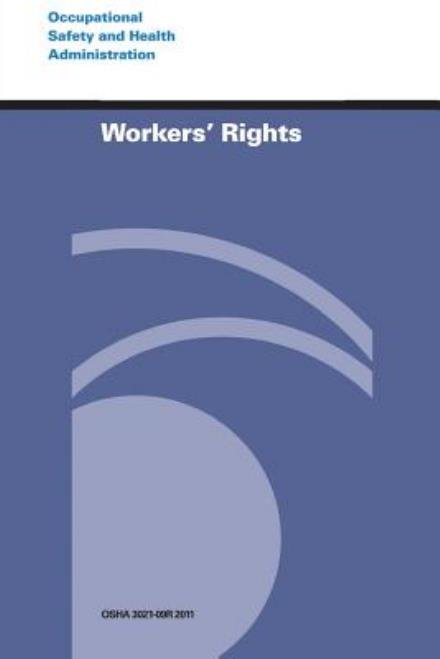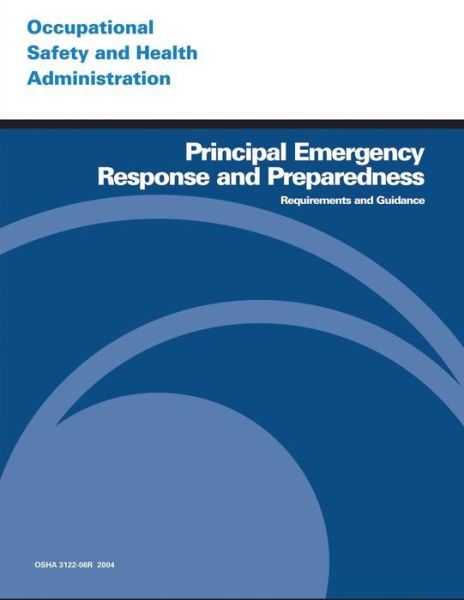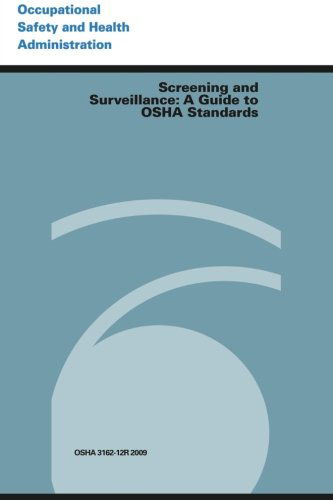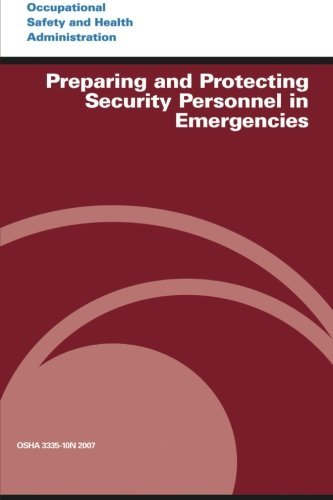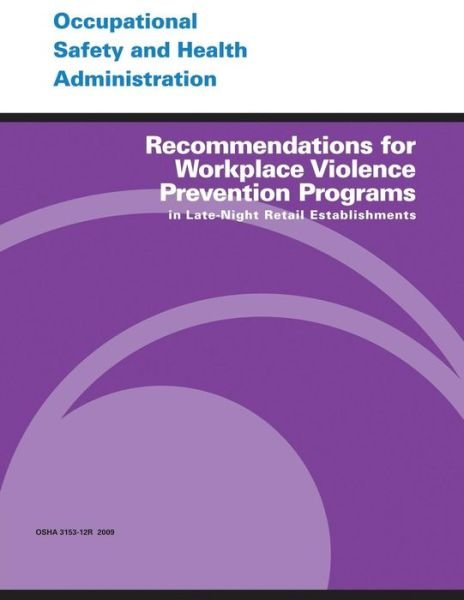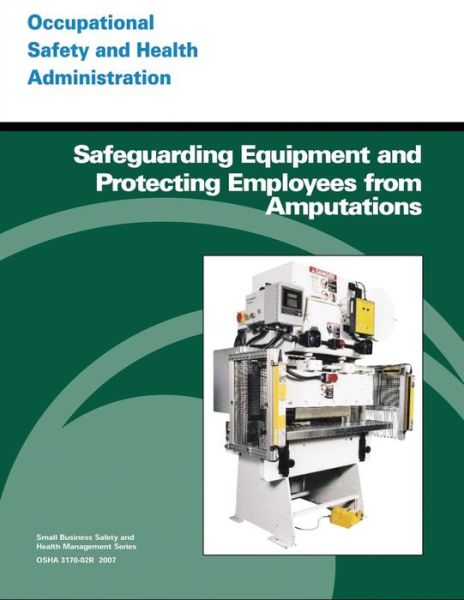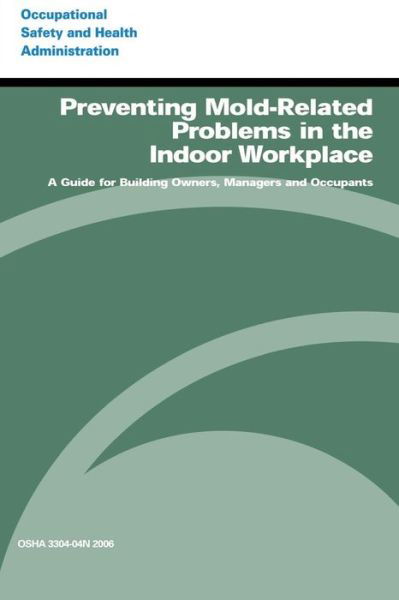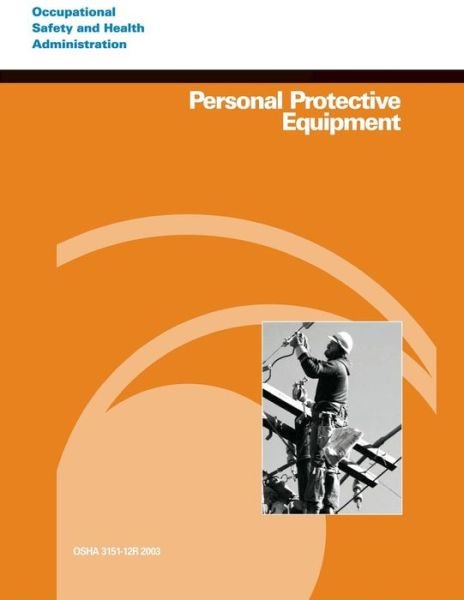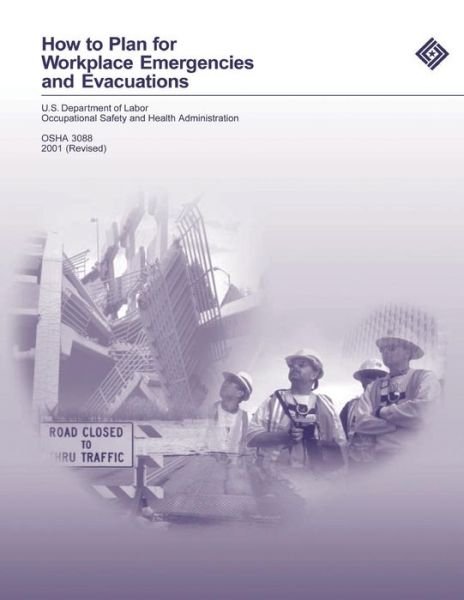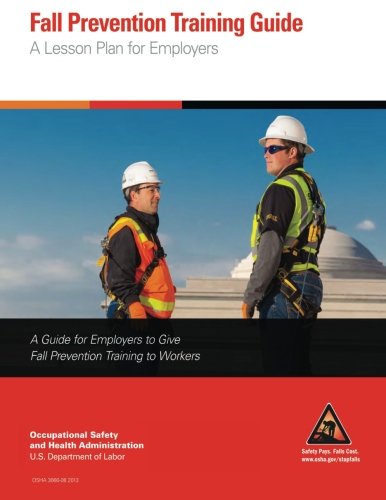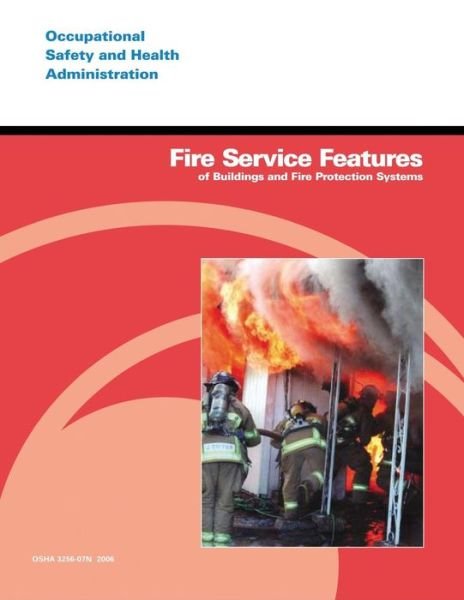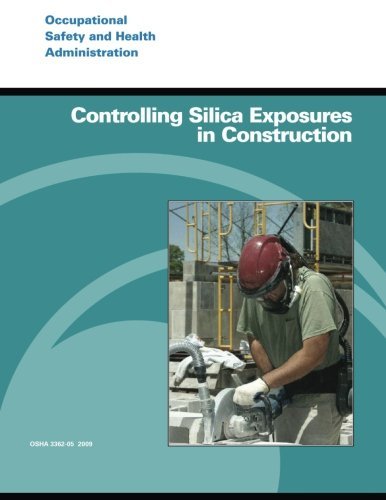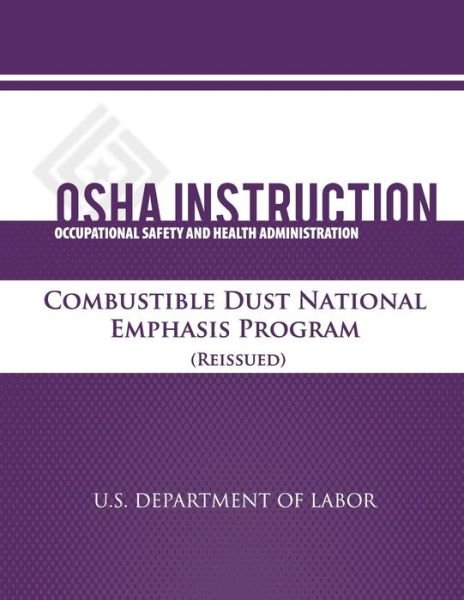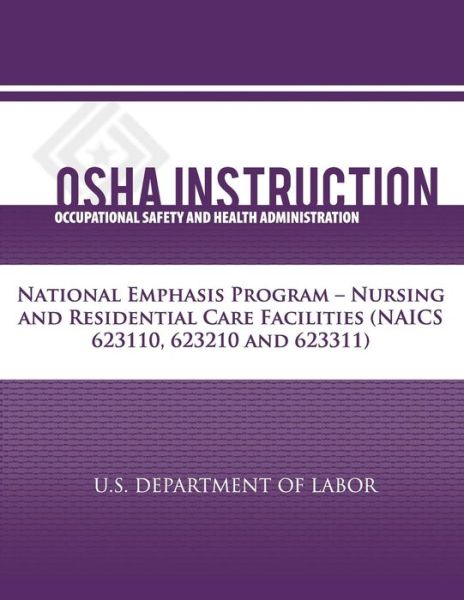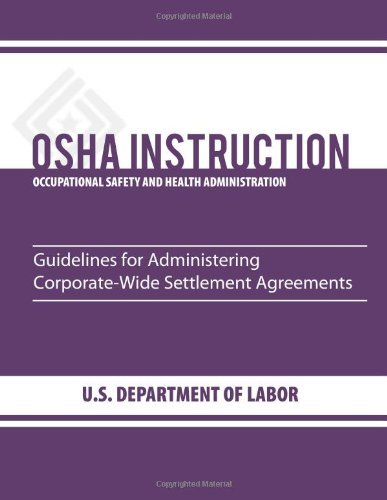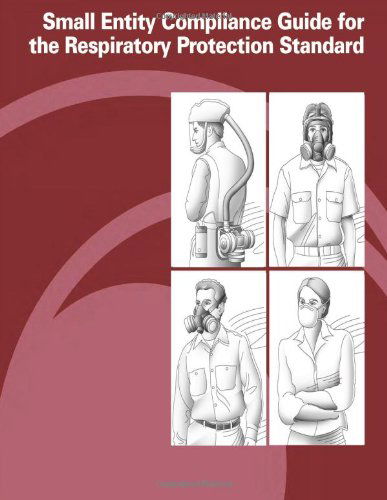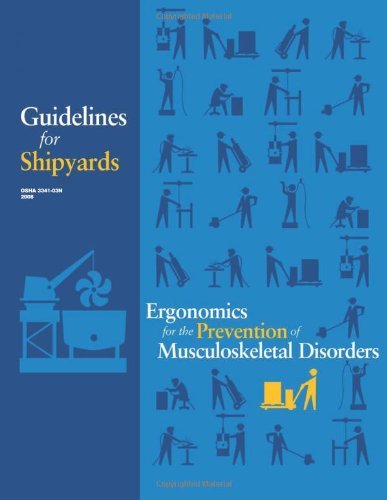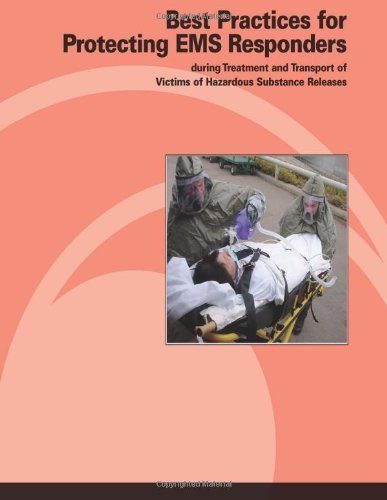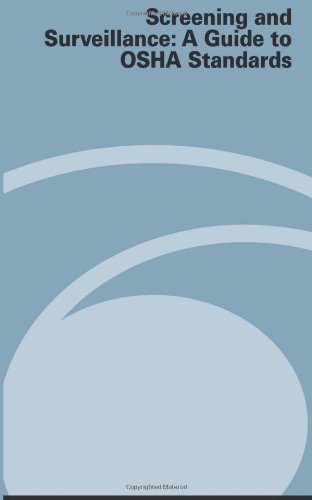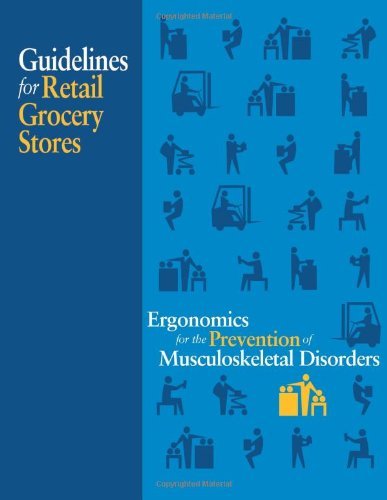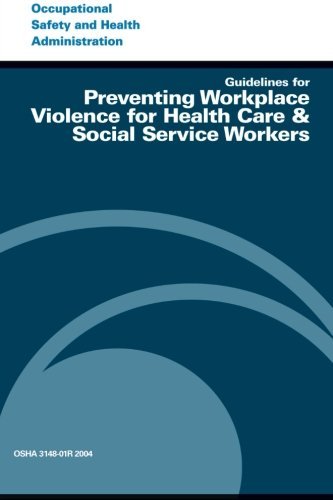
Faites connaître cet article à vos amis:
Guidelines for Preventing Workplace Violence for Health Care & Social Service Workers Occupational Safety and Health Administration
Guidelines for Preventing Workplace Violence for Health Care & Social Service Workers
Occupational Safety and Health Administration
The National Institute for Occupational Safety and Health (NIOSH) defines workplace violence as ?violent acts (including physical assaults and threats of assaults) directed toward persons at work or on duty.? This includes terrorism as illustrated by the terrorist acts of September 11, 2001 that resulted in the deaths of 2,886 workers in New York, Virginia and Pennsylvania. Although these guidelines do not address terrorism specifically, this type of violence remains a threat to U. S. workplaces. For many years, health care and social service workers have faced a significant risk of job-related violence. Assaults represent a serious safety and health hazard within these industries. OSHA?s violence prevention guidelines provide the agency?s recommendations for reducing workplace violence, developed following a careful review of workplace violence studies, public and private violence prevention programs and input from stakeholders. OSHA encourages employers to establish violence prevention programs and to track their progress in reducing work-related assaults. Although not every incident can be prevented, many can, and the severity of injuries sustained by employees can be reduced. Adopting practical measures such as those outlined here can significantly reduce this serious threat to worker safety. In January 1989, OSHA published voluntary, generic safety and health program management guidelines for all employers to use as a foundation for their safety and health programs, which can include workplace violence prevention programs. OSHA?s violence prevention guidelines build on these generic guidelines by identifying common risk factors and describing some feasible solutions. Although not exhaustive, the workplace violence guidelines include policy recommendations and practical corrective methods to help prevent and mitigate the effects of workplace violence. The goal is to eliminate or reduce worker exposure to conditions that lead to death or injury from violence by implementing effective security devices and administrative work practices, among other control measures. The guidelines cover a broad spectrum of workers who provide health care and social services in psychiatric facilities, hospital emergency departments, community mental health clinics, drug abuse treatment clinics, pharmacies, community-care facilities and long-term care facilities. They include physicians, registered nurses, pharmacists, nurse practitioners, physicians? assistants, nurses? aides, therapists, technicians, public health nurses, home health care workers, social workers, welfare workers and emergency medical care personnel. The guidelines may also be useful in reducing risks for ancillary personnel such as maintenance, dietary, clerical and security staff in the health care and social service industries.
| Médias | Livres Paperback Book (Livre avec couverture souple et dos collé) |
| Validé | 12 mars 2014 |
| ISBN13 | 9781497317598 |
| Éditeurs | CreateSpace Independent Publishing Platf |
| Pages | 48 |
| Dimensions | 152 × 229 × 3 mm · 77 g |
| Langue et grammaire | Anglais |
Plus par Occupational Safety and Health Administration
Afficher toutVoir tous les Occupational Safety and Health Administration ( par ex. Paperback Book )

 Les cadeaux de Noël peuvent être échangés jusqu'au 31 janvier
Les cadeaux de Noël peuvent être échangés jusqu'au 31 janvier



